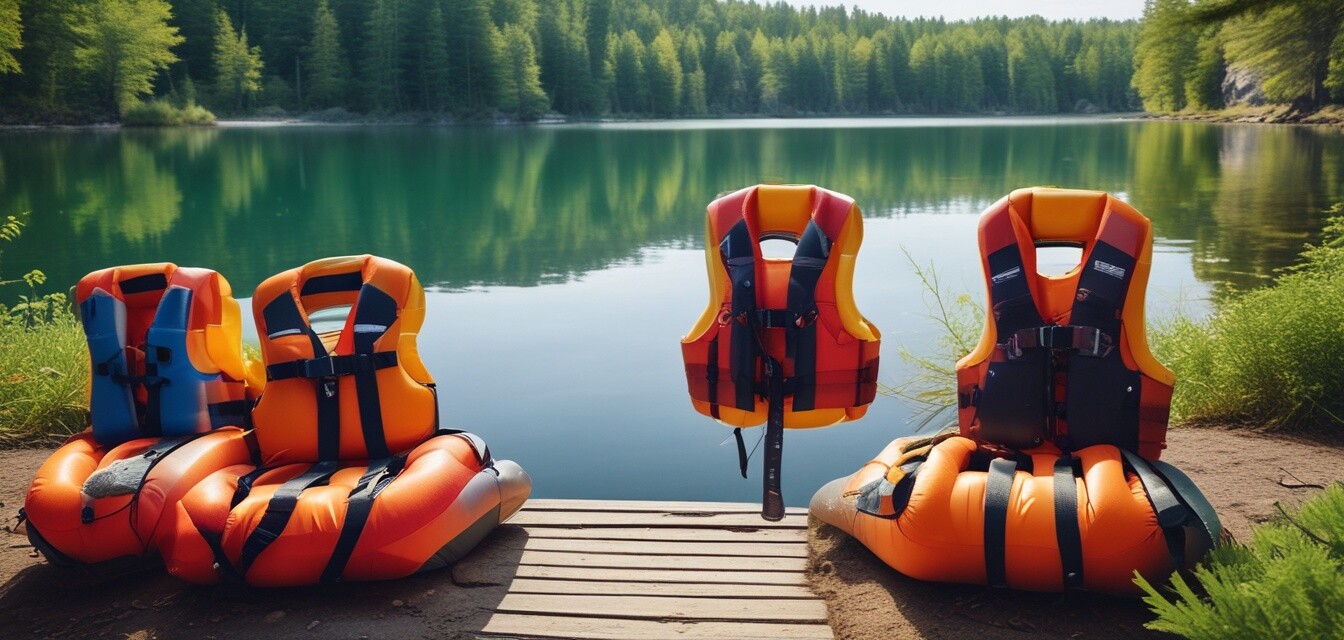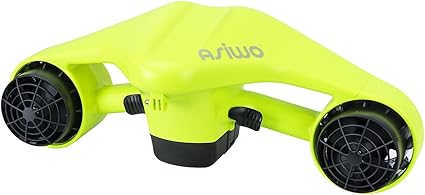
Some links on this website are affiliate links. If you make a purchase through these links, we may earn a commission or you may receive a discount, at no additional cost to you. This helps support our site.
Please also note that Artificial Intelligence (AI) may have been used in the research, content generation, and design of this website. Our aim is to enhance your experience, and we strive for accuracy and transparency in all information presented.
Choosing the Right Life Jacket for Adults
Key Takeaways
- Life jackets are vital for safety during water activities.
- Look for proper fit, type, and buoyancy rating when choosing a life jacket.
- Consider the material and design for comfort and functionality.
- Regularly check for damages and wear before use.
- Follow state regulations regarding life jacket requirements.
When it comes to enjoying water activities at the lake, safety should always be your top priority. One of the most essential pieces of equipment you can have is a reliable life jacket. This guide will walk you through how to choose the right life jacket for adults, ensuring you are prepared for a fun and safe day on the water.
Understanding Life Jacket Types
Life jackets come in several types, each designed for different activities and conditions. Understanding these types will help you choose the right one for your needs:
| Type | Description | Best For |
|---|---|---|
| Type I | Turn an unconscious person face up in the water. | Offshore use, rough waters |
| Type II | Good for calm waters, may not turn a person face up. | Close to shore, boating |
| Type III | Designed for activity and comfort, but not necessarily turning a person over. | Water sports, recreational use |
| Type IV | Throwable devices, not worn. | Salvage and rescue |
| Type V | Special use jackets that are approved for specific activities. | Kayaking, windsurfing, etc. |
Choosing the Right Fit
A properly fitting life jacket is crucial for safety and comfort. Here’s how to ensure a good fit:
- Check the size chart based on your weight and chest circumference.
- The jacket should be snug but not too tight; you should be able to breathe easily.
- When you lift your arms, the jacket should not rise above your chin.
- Try the life jacket in water if possible to see how it performs.
Buoyancy Ratings Explained
The buoyancy rating indicates how much weight the jacket can keep afloat. Here’s a breakdown:
| Buoyancy Level | Weight Supported |
|---|---|
| 15.5 lbs | Lightweight adult, ideal for calm water |
| 22 lbs | Adult with some swimming ability |
| More than 22 lbs | For heavier individuals and rough water conditions |
Material and Design Considerations
When selecting a life jacket, the material and design can significantly affect your comfort and mobility:
- Nylon: Durable and water resistant.
- Neoprene: Provides a snug fit and insulation.
- Inflatable: Compact and lightweight, but requires careful maintenance.
Comfort Features
Look for features that enhance comfort, such as:
- Adjustable straps and buckles for a personalized fit.
- Mesh lining for breathability, especially in hot weather.
- Ergonomic designs that allow freedom of movement.
Maintenance Tips for Longevity
To ensure your life jacket lasts for years, follow these maintenance tips:
- Rinse after each use, especially in saltwater.
- Store in a cool, dry place away from direct sunlight.
- Inspect for wear and tear before each outing.
Legal Requirements and Regulations
Familiarize yourself with the local regulations regarding life jackets. In most places, life jackets are required for:
- All boats must have an approved life jacket for each passenger.
- Certain age groups, usually children, require mandatory use.
Check your state’s specific laws to ensure compliance.
Conclusion
Selecting the right life jacket for adults is not just a matter of preference but one of safety. By understanding the types, fit, buoyancy, and maintenance of life jackets, you can be well-equipped for your adventures on the lake. Don't forget to explore other essentials for your lake outings, such as our guides on floating coolers, portable grills, and waterproof backpacks. Safety first means fun second!
Pros
- Provides essential safety while enjoying water activities.
- Available in various styles and sizes to suit individual needs.
- Can enhance comfort and confidence while on the water.
Cons
- Can be bulky and restrict movement.
- May require ongoing maintenance and inspection.
- Quality options can be expensive.
